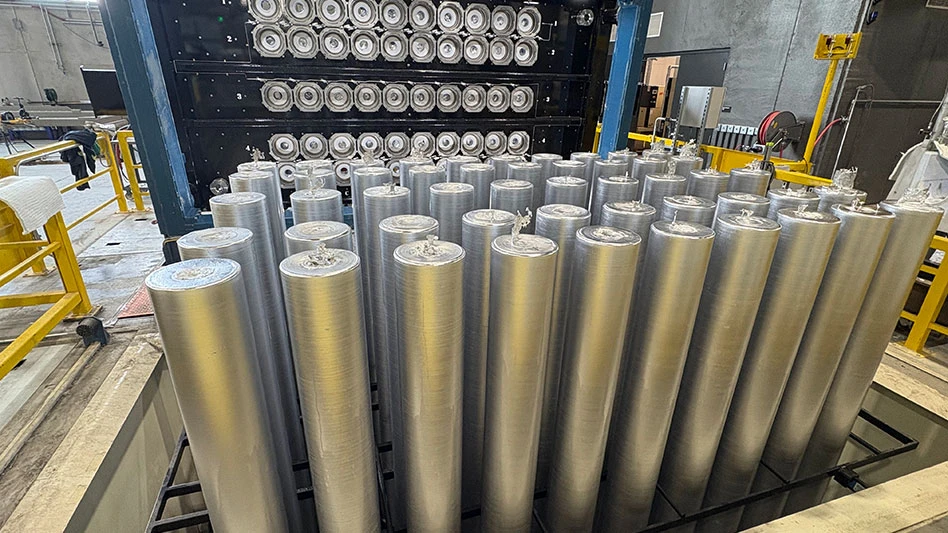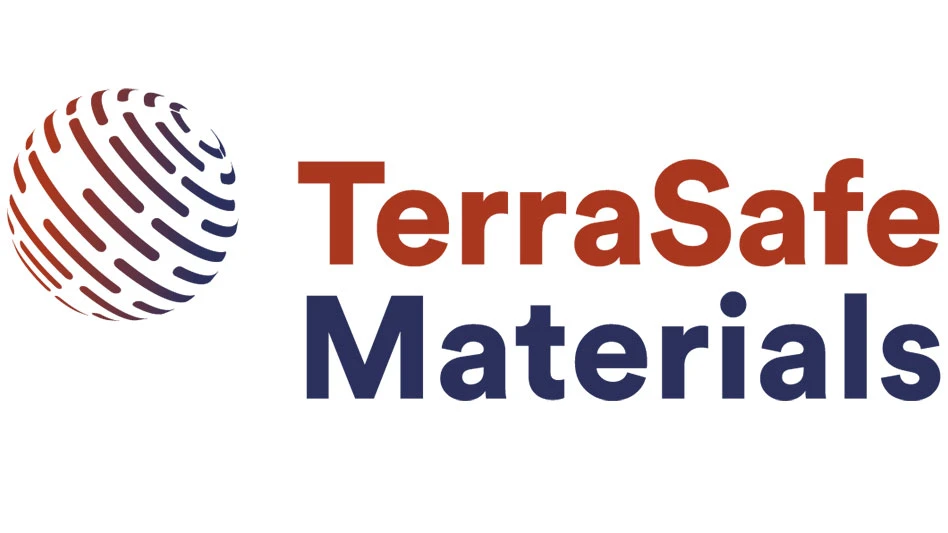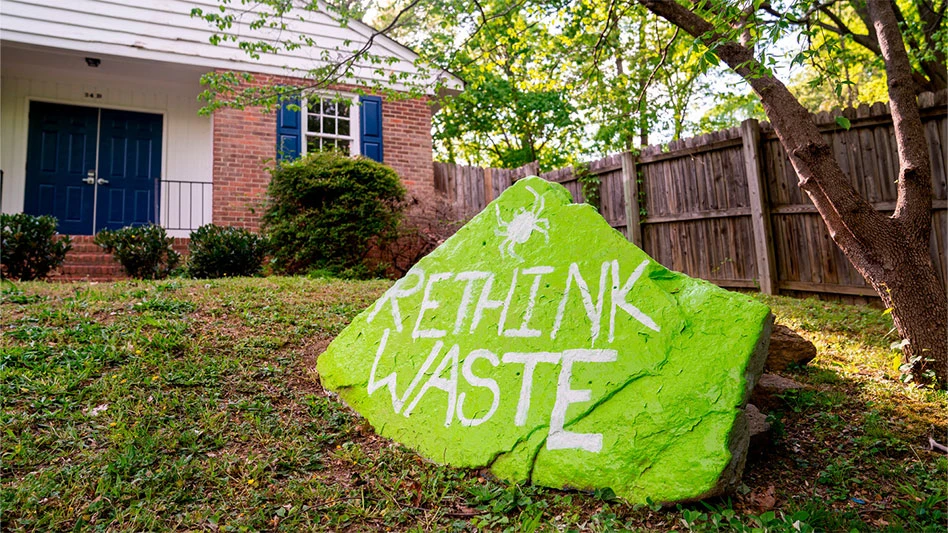
bravissimos | stock.adobe.com
At the end of December 2023, CalRecycle released key building blocks for California’s Senate Bill 54, a law designed to cut single-use packaging and plastic food-ware waste by introducing an extended producer responsibility (EPR) program.
The agency also provided preliminary findings from data it collected to evaluate whether a product or package is recyclable in California under Senate Bill 343, which was signed into law in late September 2021 and prohibits the use of the chasing arrows symbol or any other indicator of recyclability on products and packaging unless certain criteria are met. This information will help to further develop the covered materials category list for S.B. 54, the Plastic Pollution Prevention and Packaging Producer Responsibility Act, which was signed into law the summer of 2022.
That law requires cutting single-use packaging and food ware by 25 percent, recycling 65 percent of single-use plastic packaging and food ware and ensuring 100 percent of single-use packaging and food ware is recyclable or compostable by 2032.
CalRecycle’s findings related to S.B. 343 include information from local jurisdictions on the materials accepted by their recycling programs, survey results detailing the recovery activities at California large volume transfer/processors (LVTPs) and the results of material characterization sampling of recyclables at LVTPs statewide.
Under the law, a product or packaging can be considered recyclable in the state if the product or packaging is of a material type and form that is collected for recycling by jurisdiction recycling programs that collectively encompass at least 60 percent of the population of the state and sorted into defined streams for recycling processes by LVTPs facilities that collectively serve at least 60 percent of recycling programs statewide.
According to CalRecycle, 38 percent of covered material categories (or 37 out of 98), including most types of glass, aluminum, cardboard, paper and plastics Nos. 1, 2 and 5, are recyclable in the state. However, the information provided in the report is not a determination of recycling labeling eligibility or legality pursuant to SB 343, as CalRecycle does not have authority to make such determinations.
Out of the 98 covered material categories, 48, or 49 percent, are accepted for collection by jurisdiction recycling programs collectively servicing at least 60 percent of the state’s population, while 42, or 43 percent are recovered by LVTPs that collectively service at least 60 percent of recycling programs in California. Additionally, 58 of 98 of these covered material categories, or 59 percent, are sorted and processed by LVTPs serving 60 percent or more of the state’s population.
“This information is interesting because it highlights the potential difference between recycling programs served and population served, in that often more populous regions are serviced by LVTPs that recover a wider range of materials than lower population areas,” CalRecycle writes in a report to the legislature.
That means, for some material types, the number of counties that have LVTPs available might not meet the 60 percent threshold, while the percent of the population with an LVTP serving it does meet the 60 percent threshold.
CalRecycle plans to host a public meeting Feb. 13 from 1 to 4 p.m. in the Byron Sher Auditorium at 1001 I St. Sacramento, to present on the preliminary findings included in this report and accept public comment. Written feedback can be submitted prior to or after the meeting to wastechar@calrecycle.ca.gov with the subject line: S.B. 343 Preliminary Findings. CalRecycle requests all feedback specific to the report no later than Feb. 29.
CalRecycle also introduced draft rules detailing industry responsibilities to cut waste and increase recycling under S.B. 54.
Under the draft rules, producers can join an approved producer responsibility organization (PRO) or apply to become an independent producer. Producers with gross sales of less than $1 million can apply for an exception from the law.
“California is setting clear standards to cut waste and recycle single-use products to lower pollution while growing innovative companies and new jobs,” CalRecycle Director Rachel Machi Wagoner says in a news release regarding the recent developments related to S.B. 54. “Building a circular economy that reuses products that are built to last instead of turning raw materials into trash is a roadmap to California’s waste-free future.”
The law also includes rewarding waste-free and pollution-free product innovation and reuse options and creating a $5 billion fund to address the environmental impacts of plastics.
Get curated news on YOUR industry.
Enter your email to receive our newsletters.
Latest from Recycling Today
- European Commission drafts new rules for chemically recycled content in plastic bottles
- Redwood Materials launches Redwood Energy
- Cirba Solutions announces new human resources executive
- Cascades to close packaging site in Niagara Falls, New York
- The Glass Recycling Foundation awards $137K in grants
- Goodwill Industries of Ontario Great Lakes and Rotogran International announce collaboration
- Textile Recycling Expo USA launches in Charlotte, North Carolina
- SSAB trials using crumb rubber from scrap tires in steelmaking






